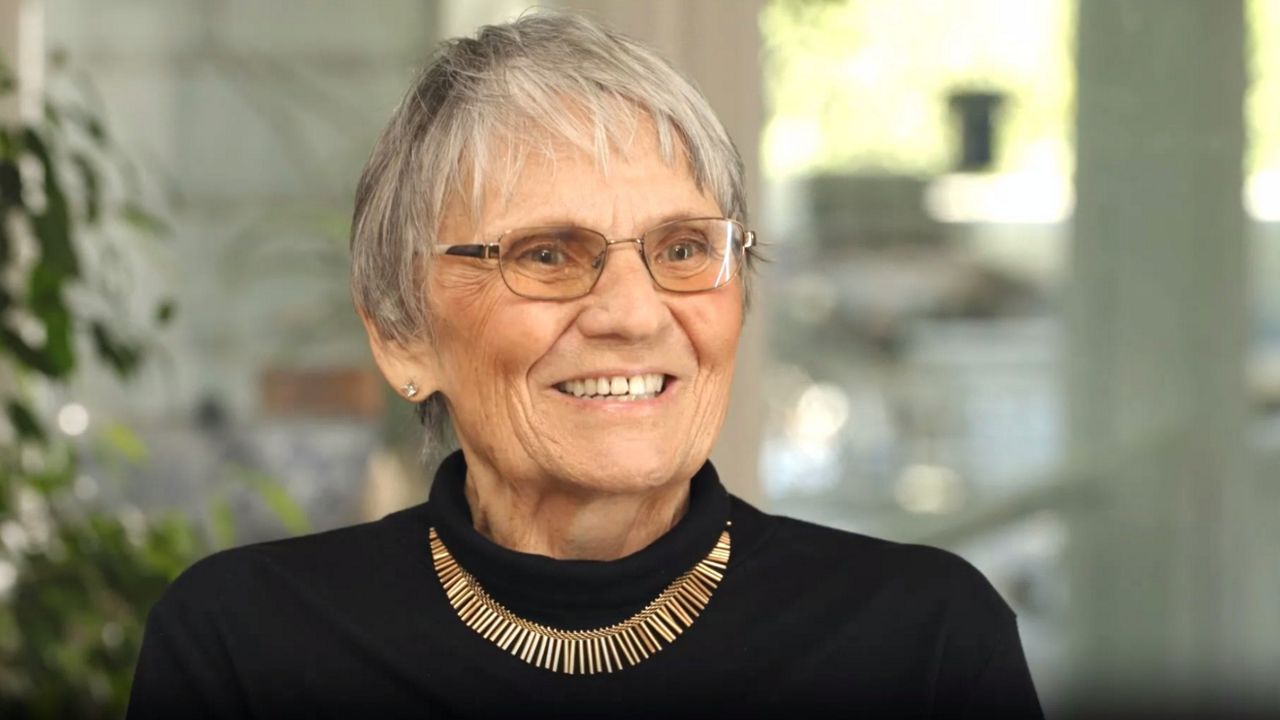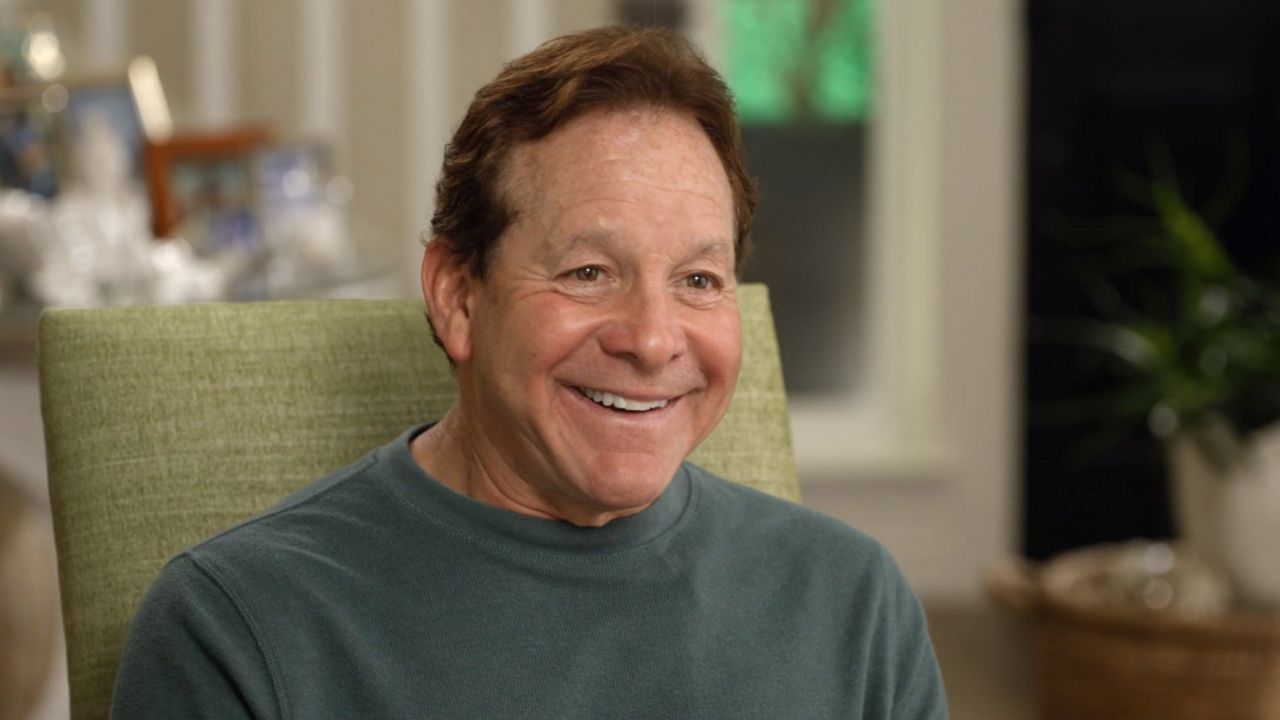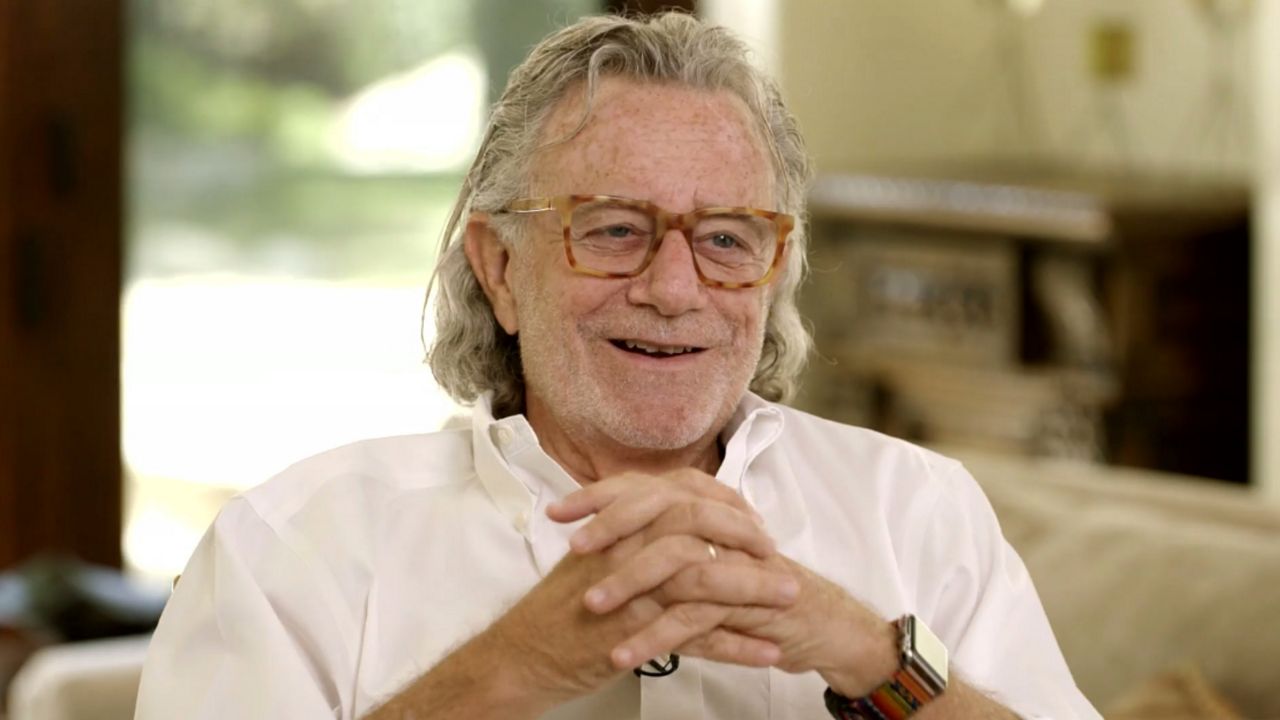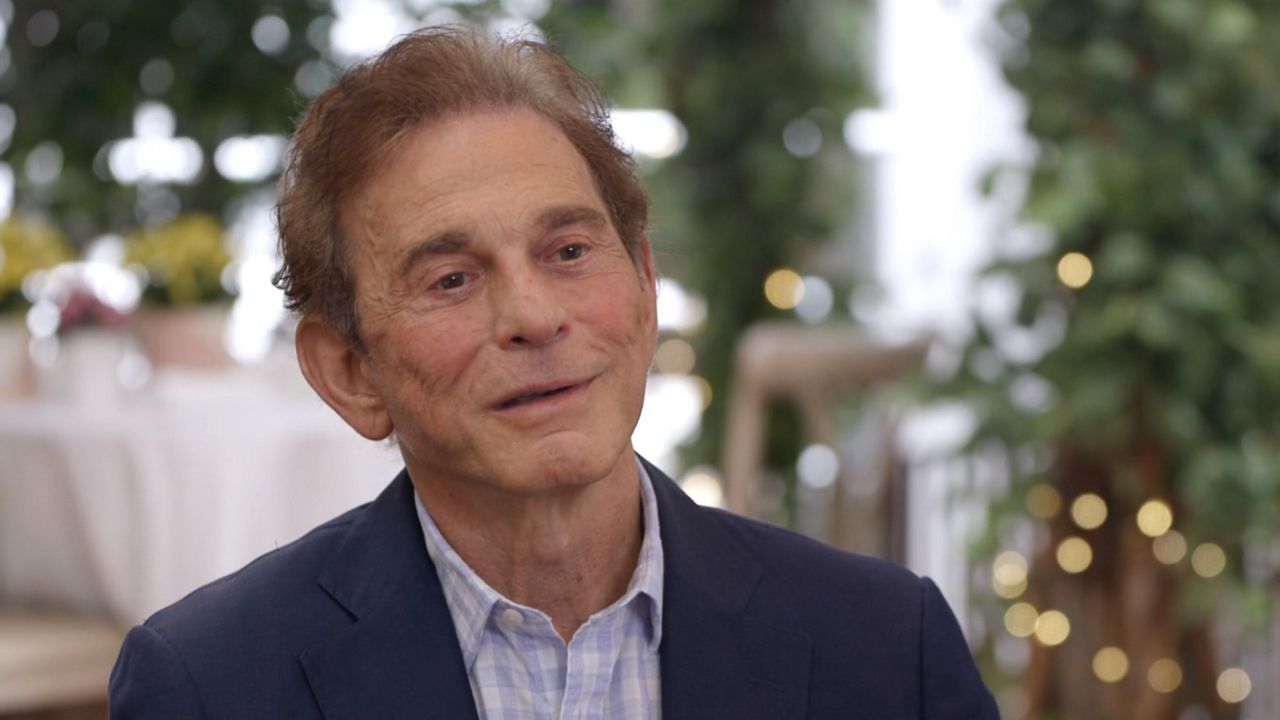At just 12 years old, Fabian Debora felt he had no choice but to join a gang. Growing up in the Aliso Village housing projects, he said his often absent father became addicted to drugs when he started selling them to make ends meet. His mother did the best that she could, but feeling he had no support, Debora turned to gang life in order to find a sense of belonging. He fell into a cycle filled with drugs and incarceration - but his one refuge from violence was art.
“I would pick up my notebook and I would begin to create my own worlds to escape my reality,” he said.
In a special edition of "LA Stories Revisited," Debora shares how he tried to take his own life several times, but on his final attempt, he had an encounter with God that changed everything for him.
Debora returned from that experience with a new lease on life, ready to become a dedicated husband and father to his wife and kids. He became clean and sober and found help from Father Greg Boyle of Homeboy Industries, who encouraged Debora to continue his art.
Related Stories
- 'Become a weapon of mass compassion.' Rock legend Carlos Santana on his 50-year career, power of music
- 'Luck plays a part in life.' Producer Clive Davis on monumental career, what to know about Whitney Houston
- 'The stakes are so much higher.' Eva Longoria on how motherhood, her disabled sister inspired advocacy
- King of movie soundtracks Kenny Loggins reveals secrets from songbook: 'It's where the heart is'
Soon, Debora started creating paintings and murals that have been featured in galleries around the world. He says his work captures the often untold stories of life growing up on the streets of Los Angeles.
“It is me communicating and embodying the voices of those who go unseen or unheard - of the voiceless,” he said, “And in this case, the image of the gang member is central in my art as well as children.”
Debora created the Homeboy Art Academy. He also teaches art to incarcerated youth, hoping to inspire young people to stay off the streets and find something that inspires them the way art has inspired him.
His latest series “Love Letters” will be featured at the Vincent Price Museum from April 29 to June 28.
Most recently, he was selected as a National Endowment for the Arts Heritage Fellow, one of the nation’s highest honors in folk and traditional arts.
For Fabian, honors like this remind him he is finally on the right path and that his work has inspired so many people around the world.
“I would say these images will anchor the conversations and the dialogue that this world needs so we can finally find peace amongst all of us,” he said.
“My legacy would be to just make sure that I don’t go unforgotten, but at least to let the next generations know that there is a path, there is a way.”









